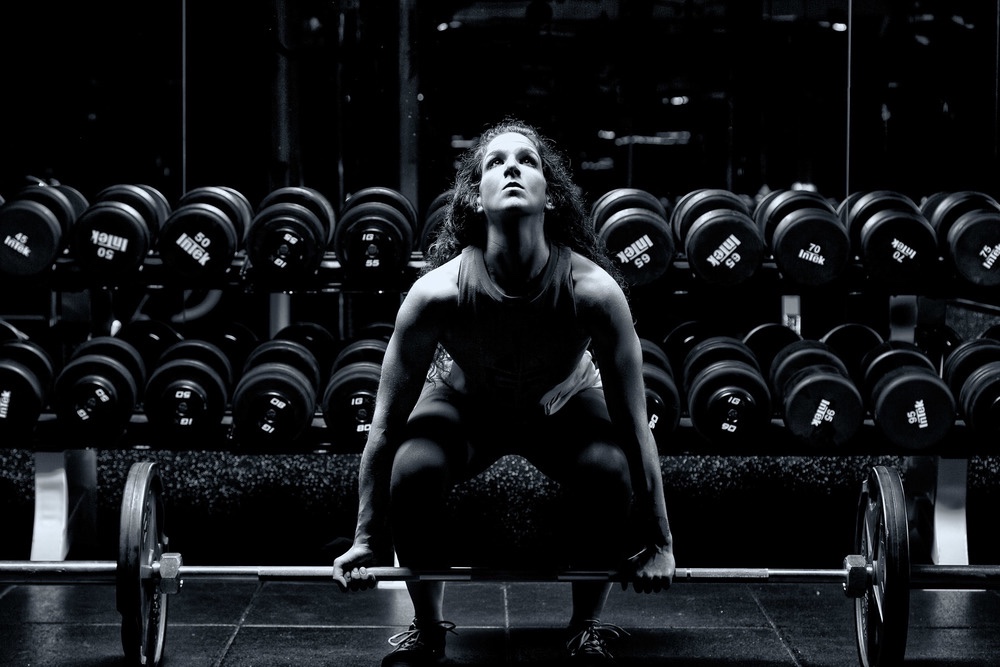According to a new body of research reviewed Friday in the journal Frontier in Physiology, it suggests that the muscle nuclei — power houses that power new muscle growth — could provide the answers that have been asked by researchers for a long time.
Per the new research, ss you lose muscle mass, rather than the nuclei dying, they continue to persist during muscle growth and could give older muscles an advantage when you’re regaining lost training later on.
Lawrence Schwartz, a biologist at the University of Massachusetts, says that this could affect public health policy and how anti-doping efforts take place in sports. While this does seem like progressing and good news, some scientists are cautioning against extrapolating these studies too far because there is conflicting evidence that exists.
What we do know is that muscles have to be versatile when you’re moving. This isn’t just true in humans but rather in all animals. Muscle cells are able to sculpt into different forms and are able to stretch to volumes that are 100,000 times larger than normal cells. Cells within the muscles are able to gain this flexibility as you focus on your fitness.
“To build muscle mass you need to make more of a contractile proteins that create that force,” says Kristain Gundersen, a muscle biologist from the University of Oslo. Because nuclei power the building of more muscle as you train, it makes them “a bit like factories,” Gundersen adds.





